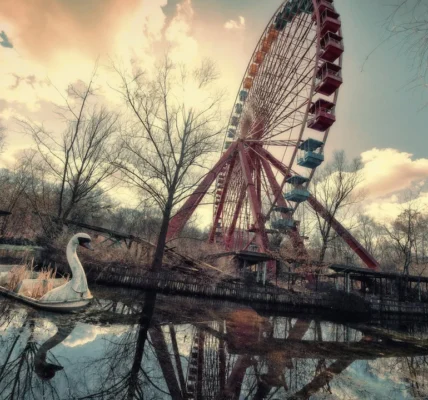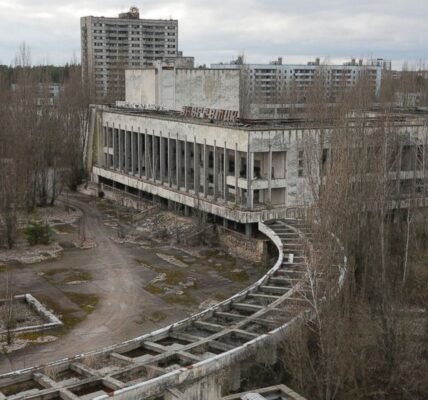In the heart of Haute-Vienne, France, lies a haunting reminder of one of World War II’s darkest atrocities—Oradour-sur-Glane. Unlike other abandoned places reclaimed by nature, this village was deliberately left untouched as a memorial to the horrors of war. Today, it stands as a ghost village, frozen in 1944, a chilling yet powerful monument to the past.
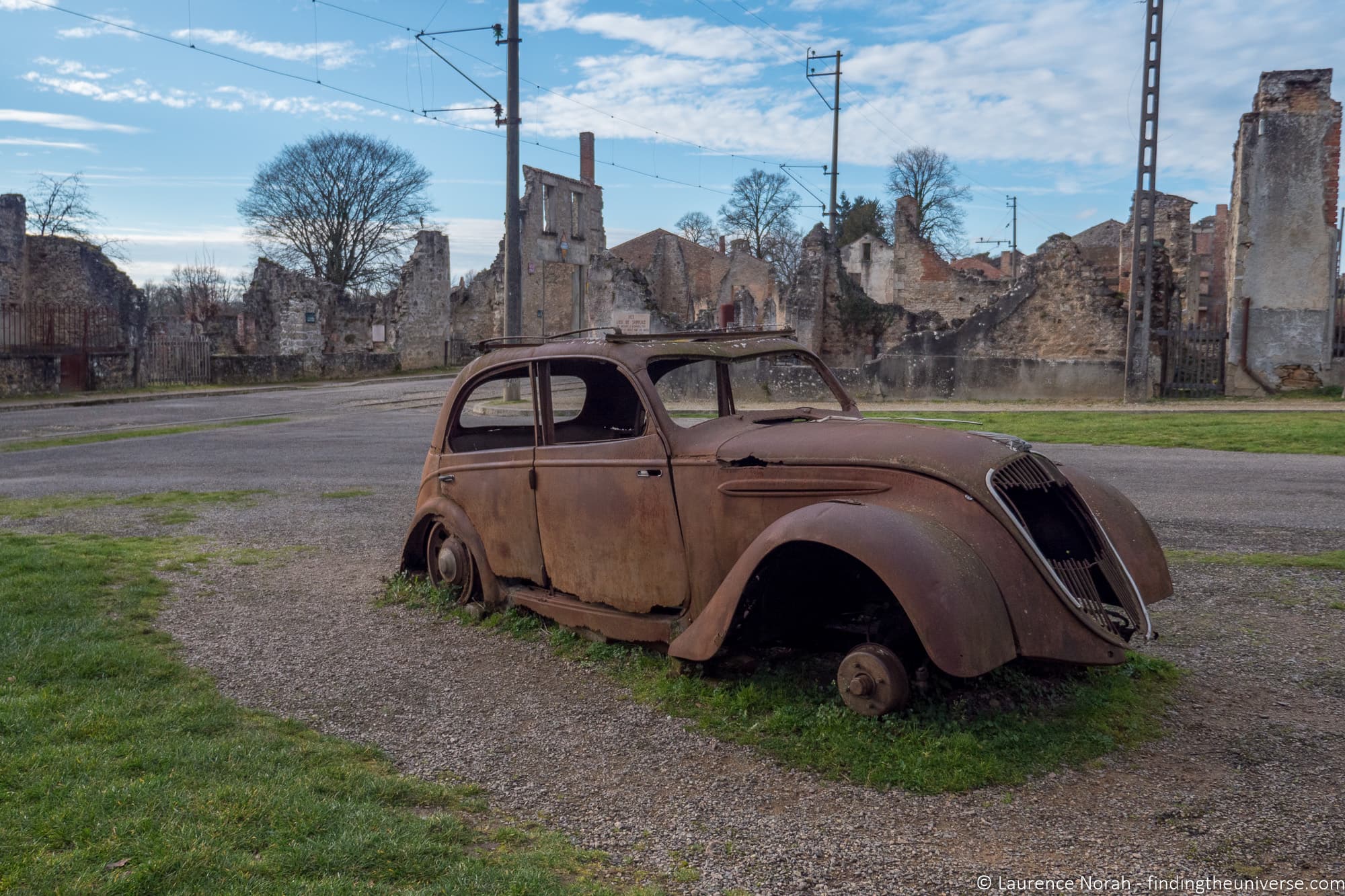
The Tragic History of Oradour-sur-Glane
On June 10, 1944, during World War II, the 2nd SS Panzer Division “Das Reich” entered the peaceful village of Oradour-sur-Glane. Without warning, they rounded up the villagers—642 men, women, and children—and carried out one of the most brutal massacres in French history.
- Men were locked in barns and machine-gunned.
- Women and children were confined inside the church, which was then set on fire.
The entire village was looted, burned, and left in ruins as a warning to others. The reasons for this massacre remain debated, but it is widely believed to have been a reprisal for French Resistance activities in the region.
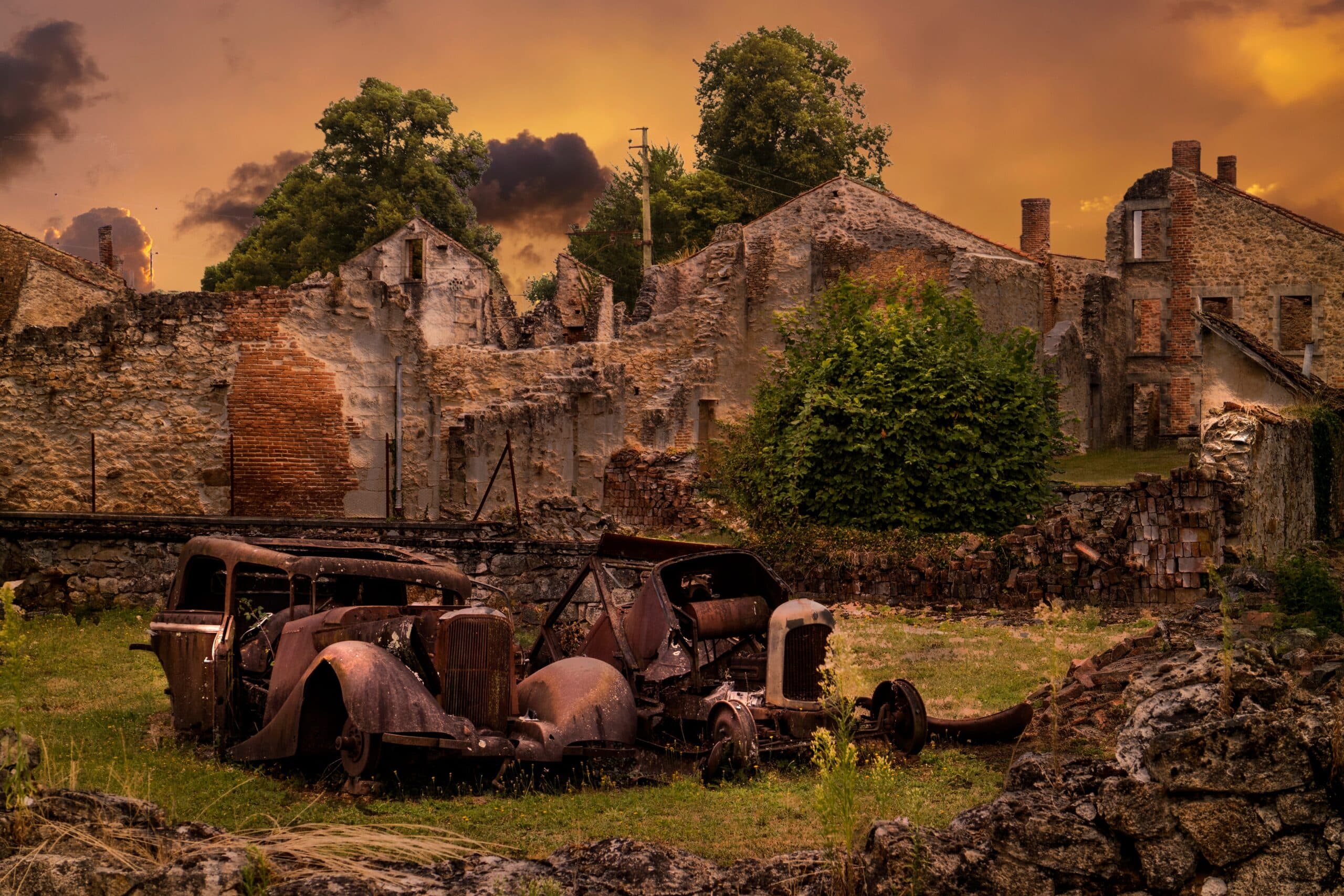
The Village Today: A Silent Witness
After the war, Charles de Gaulle declared that the ruins should remain untouched as a memorial and testimony to the atrocities. Walking through Oradour-sur-Glane today feels like stepping back into 1944:
- Charred Car Skeletons: Rusting vehicles remain in the streets.
- Burned-Out Homes: Roofless buildings still stand, walls blackened by fire.
- The Church: A haunting shell where women and children perished.
- Personal Artifacts: Bicycles, sewing machines, and everyday objects lie frozen in time.
The silence of the village is overwhelming, broken only by the footsteps of visitors paying their respects.

Why Visit Oradour-sur-Glane?
Oradour-sur-Glane is not a tourist attraction—it’s a place of remembrance. It serves as a powerful lesson about the cost of hatred and the fragility of peace. Unlike most abandoned places, it has been preserved intentionally, making it unique among European ghost towns.
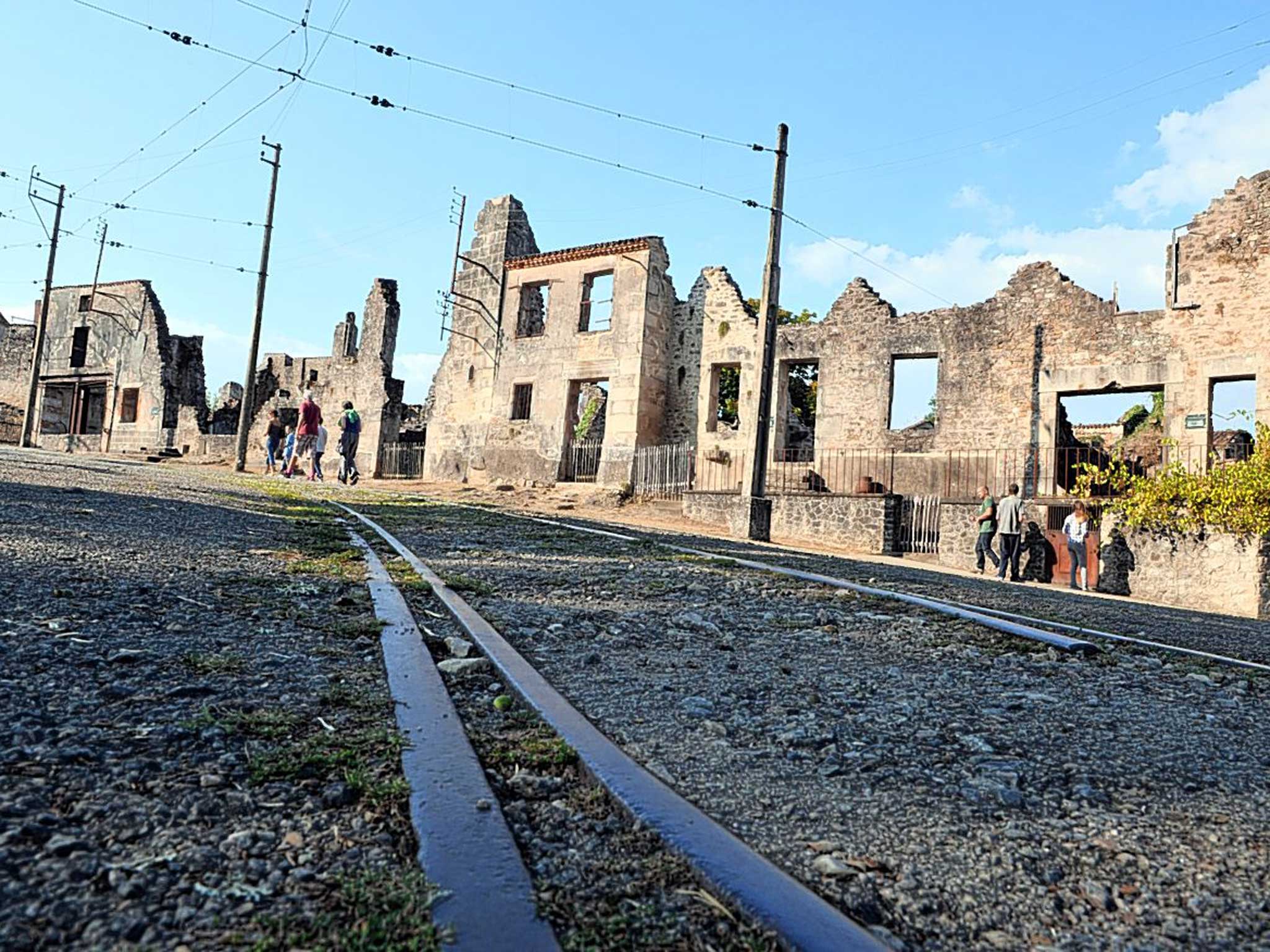
Visitor Information
- Location: Haute-Vienne, near Limoges, France.
- Access: Open to the public; the entrance is free, but donations are welcomed.
- Best Time to Visit: Spring or summer for better weather, but the emotional impact remains year-round.
- Facilities: The Centre de la Mémoire (Center of Memory) offers historical context and exhibitions.
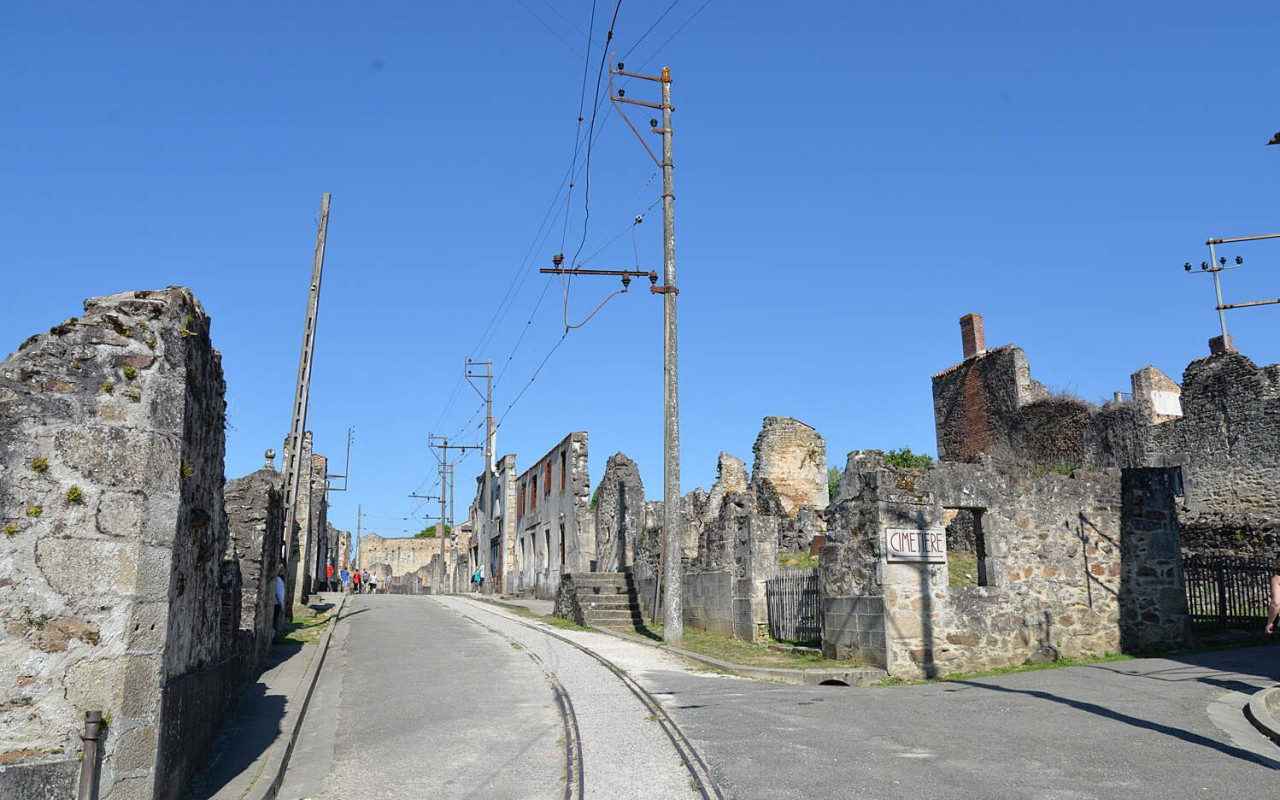
Photography Tips
- Respect the solemnity of the site—avoid selfies or loud behavior.
- Capture the rusting cars, collapsed roofs, and burnt walls for powerful storytelling images.
- Early morning or late afternoon light adds a dramatic effect to the ruins.


